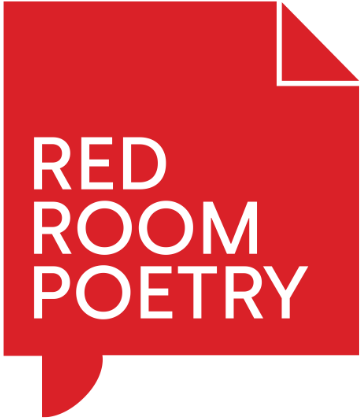Today I Was Archiving a Review
By Declan Fry, Craig Santos Perez
Published 27 June 2023
Today i was archiving a review
Of the anthology Indigenous Literatures from Micronesia
Indigenous Literatures from Micronesia is a potent lyrical lamentation from over two thousand islands in the vast Northern Pacific. In this inaugural volume of the New Oceania Literary Series from the University of Hawai’i Press, islanders address centuries of still-festering wounds inflicted on their atolls by the world. The authors write to uncolonize themselves, paddling to stay afloat in rising water that’s been globally warmed and radiated. They splash rightfully outraged ink all over these pages. Here are tales from inside the reef, from atolls that remember the past and islands that fear the future.
Where is Micronesia? Roughly above the equator between Hawai’i and the Philippines. Four main island groups dot the Northern Pacific: Gilberts, Marianas, Carolines, and Marshalls. Micronesia (“sea of small islands”) is one of three Pacific esias, along with Polynesia (“many islands”) and Melanesia (“black islands”). Let’s geolocate for context. Micronesia stretches about 2,500 miles east to west from the Marshall Islands to Belau (Palau), and 1,400 miles north to south from the tip of the Northern Mariana Islands (Farallón de Pájaros) to the equator—with Kiribati straddling the Earth’s midline and Nauru 25 miles south of it. Micronesia’s Mariana Trench (36,000 feet) is deeper than Mount Everest (29,000 feet).
…
Several lovely touches enhance the volume. Flores and Kihleng “garlanded” the collection at the beginning with a poem by Teweiariki Teaero of Kiribati, a charming way to place figurative floral lei around the album. Introducing each section is the same blockprint fish by Monica Dolores Baza of Guåhan, who also created the book’s cover art in block mixed media portraying a palm tree weeping coconuts—with a trunk suggestive of the hands on Edvard Munch’s painting The Scream.
Why is this book important? Because Micronesia is a microcosm, a small-scale version of something larger, and its concerns transcend geography. They represent the macrocosm, the whole complex system of the world. In a literary sense, what these Pacific islanders seem to have done is study themselves in the manner of Robert H. MacArthur and E.O. Wilson’s theory of island (or insular) biogeography. The resilient residents of these small island states examine the experience of being colonized, marginalized, trivialized, vaporized, radiated, and swallowed by rising seawater.
“Use your words,” we remind those who are upset, and these authors did. They articulate in moving poetry and stirring prose. It’s easy to turn a blind eye to the other side of the world, to a broad sea of small islands, but this pioneering collection just might create a tsunami ripple effect. Indigenous Literatures of Micronesia is a testament to the power of the written word.
